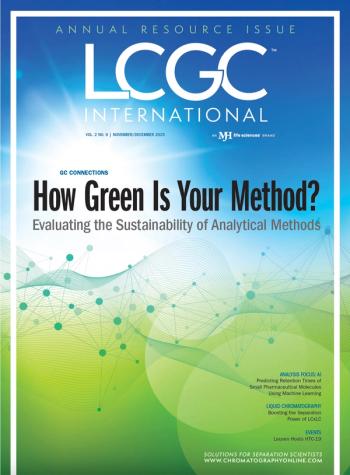
Characterization of Wastewater from Unconventional Drilling and Current Treatment Options
On Wednesday, January 17, Tiffany Liden, a graduate student at the University of Texas at Arlington, will present a talk titled, “Characterization of Produced Water and Current Treatment Options.” The presentation will take place at 10:30 am in Room 381B.
On Wednesday, January 17, Tiffany Liden, a graduate student at the University of Texas at Arlington, will present a talk titled, “Characterization of Produced Water and Current Treatment Options.” The presentation will take place at 10:30 am in Room 381B.
Approximately 81% of the nation’s energy needs, Liden reports, are supported by fossil fuels. Increasingly, those fossil fuels are being supplied through unconventional oil and gas development from shale and tight sand formations. As unconventional oil and gas development has grown, so have concerns about water usage, the volumes of wastewater produced, and the need to dispose of the wastewater. To develop environmentally responsible wastewater reuse options, it is important to understand the constituents in the wastewater, current waste management strategies, and challenges within the various treatment modalities. Comprehensive analysis of the wastewater matrix requires multiple analytical techniques, including inductively coupled plasma–optical emission spectroscopy, total organic carbon measurements, and gas chromatography.
Newsletter
Join the global community of analytical scientists who trust LCGC for insights on the latest techniques, trends, and expert solutions in chromatography.



